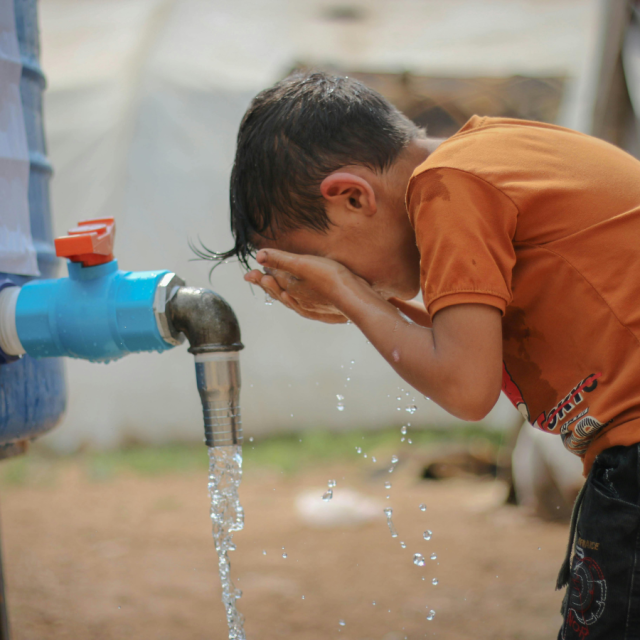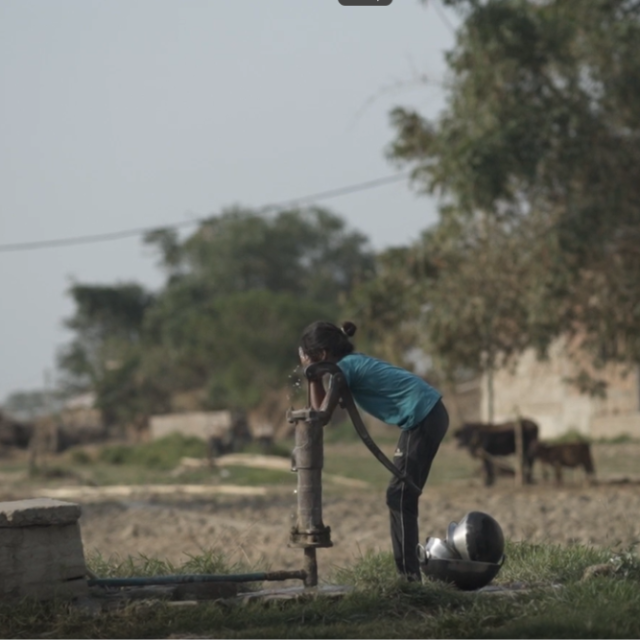
Risks of Irregular pH Levels in Humanitarian Water
In humanitarian situations, managing the pH level of water supplies is critical. The pH, indicating the acidity or alkalinity of water, significantly impacts its safety and usability. Irregular pH levels, either too high or too low, pose several risks.
Health Implications of Extreme pH Levels
Extreme pH levels can have direct health consequences. Highly acidic water can lead to skin irritation and gastrointestinal discomfort. On the other hand, overly alkaline water can disrupt the body’s natural pH balance, potentially leading to metabolic alkalosis, a condition caused by excessive bicarbonate in the bloodstream.
Corrosive Nature of Acidic Water
Acidic water poses a risk to water distribution systems. It can corrode pipes and fixtures, leading to the leaching of metals like lead and copper into the water supply. This not only deteriorates the water infrastructure but also poses a significant health risk to consumers, as these metals are toxic when ingested at high levels.
Impact on Water Treatment and Disinfection
The effectiveness of water treatment processes, particularly disinfection, is heavily dependent on the pH level. Chlorine, commonly used for water disinfection, becomes less effective in very alkaline conditions. Conversely, in acidic water, chlorine tends to react more quickly and may dissipate before it can effectively disinfect the water.
Challenges in Humanitarian Settings
In humanitarian crises, consistent access to resources for monitoring and adjusting water pH is often limited. This makes managing water quality challenging, as irregular pH levels can go undetected and unaddressed. Additionally, the sources of water in such settings can vary greatly, contributing to fluctuations in pH levels.
Environmental Concerns
Irregular pH levels can also impact the local environment. Acidic water can harm aquatic ecosystems, affecting the survival and reproduction of various aquatic organisms. Alkaline water can lead to the deposition of minerals, affecting the quality of water bodies and their suitability for supporting life.
Crucial for Human Consumption
Monitoring and managing pH levels in humanitarian water supplies is crucial to ensure the safety of the water for both human consumption and environmental health. It requires regular testing and appropriate treatment methods to maintain pH levels within a safe range, especially in the challenging conditions of humanitarian crises.




